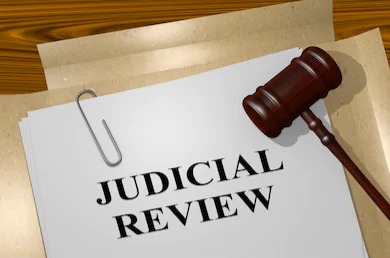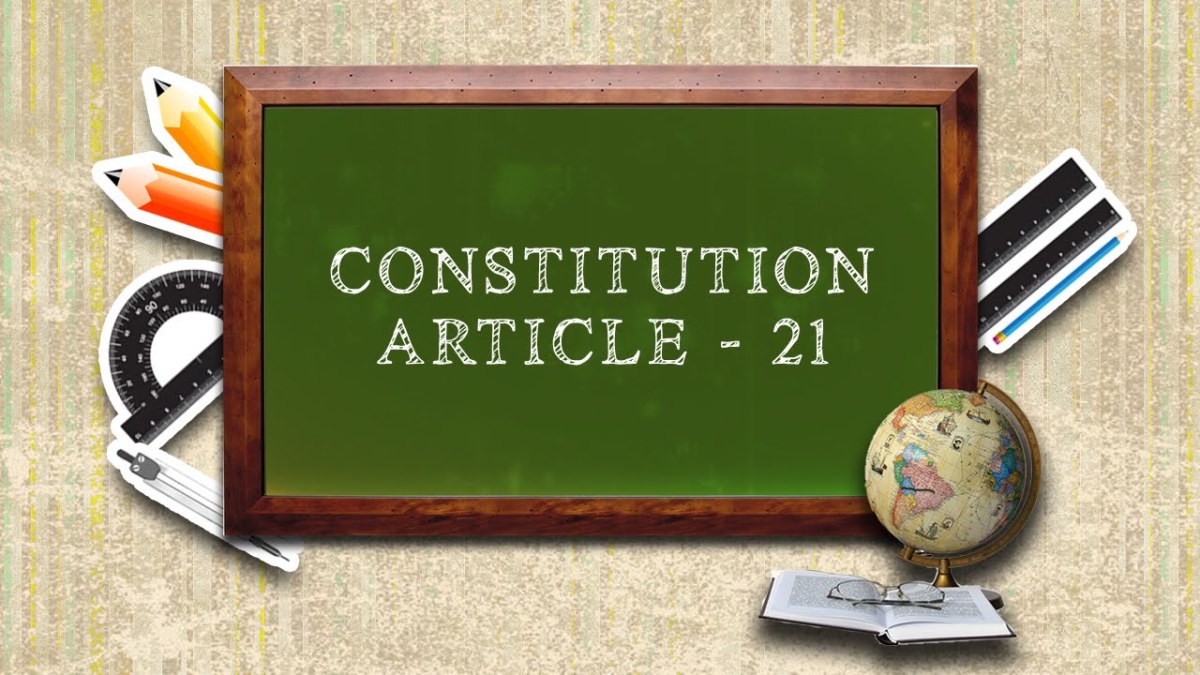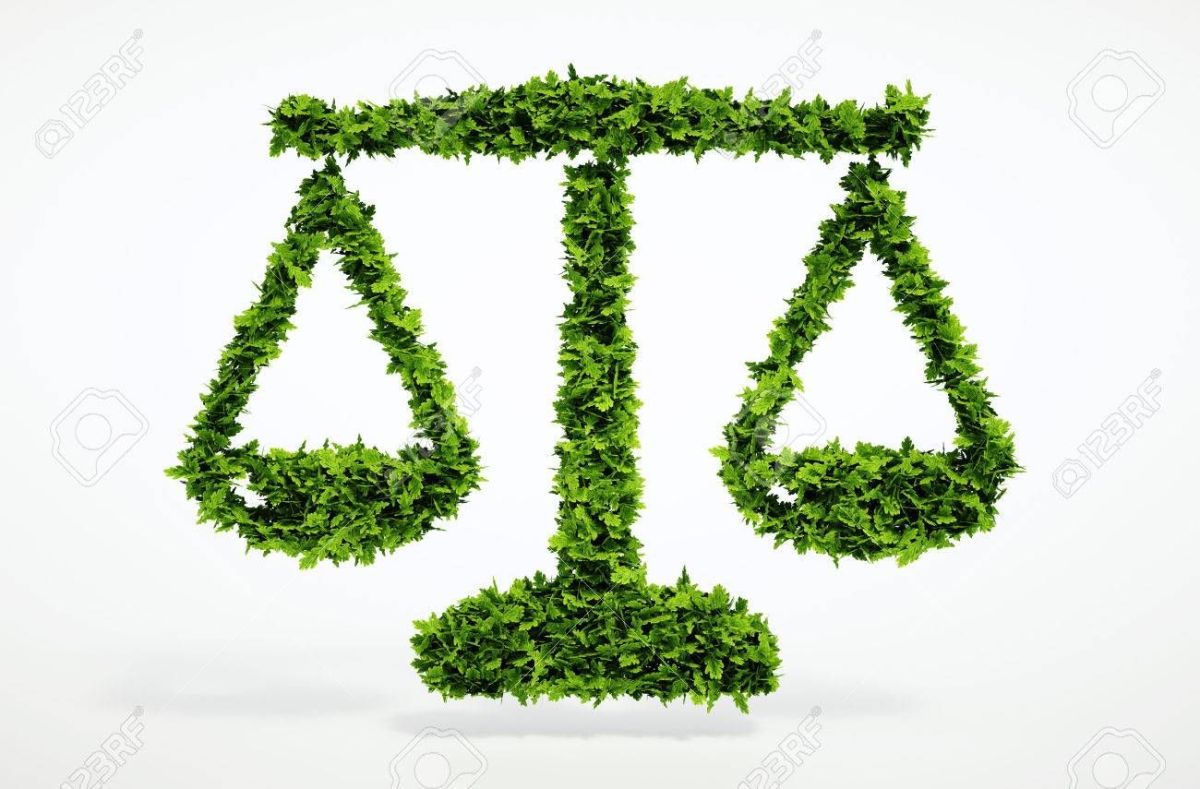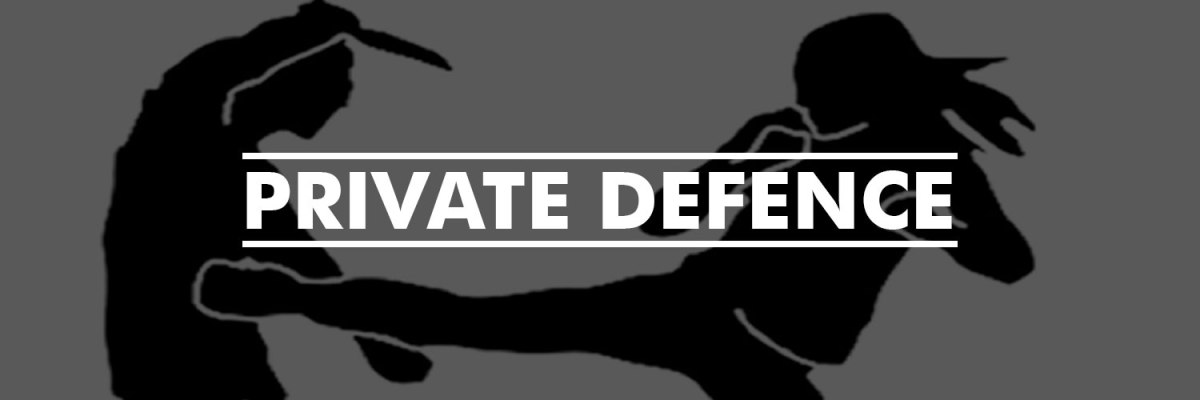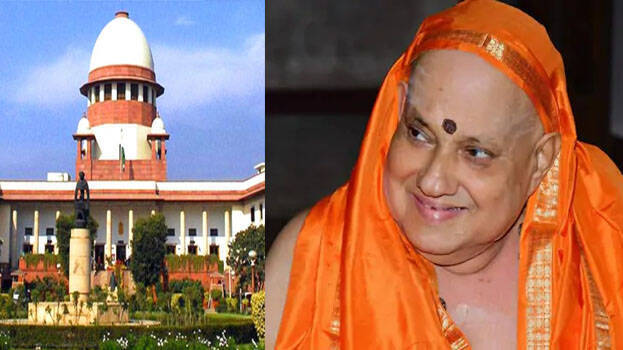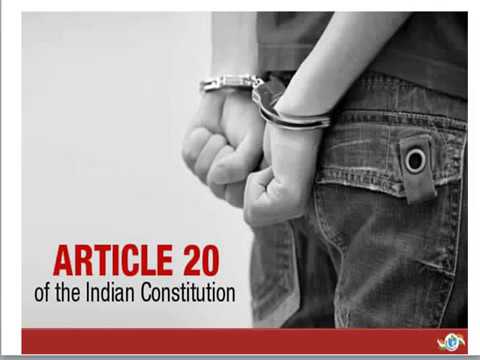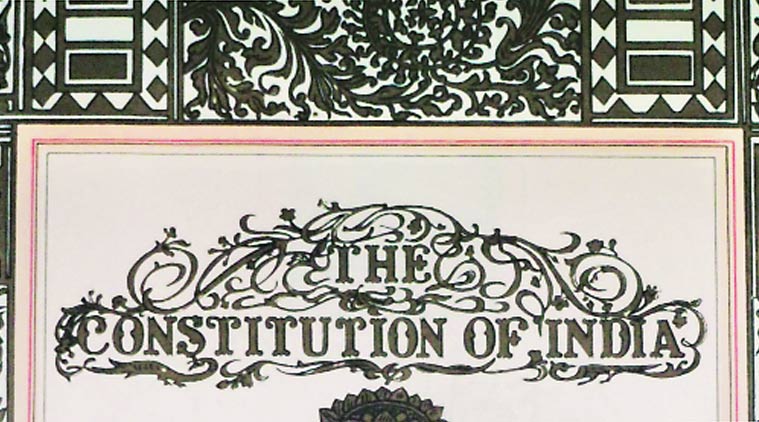By Saivarun Kapluru
Introduction
Judicial Review is the power and discretion of Courts to decide upon the constitutionality of legislative and executive actions of the government which fall within their jurisdiction.
If any provision of any statute is found to be violative of any of the articles of the constitution which is the standard for the validity of laws, the Supreme Court and the High Courts have the power to strike down the said provision.
If any harm caused by the actions of the legislative, executive, and judiciary, to the constitutional values or rights guaranteed under the Indian constitution then the role of the judicial review comes into play.
There are many changes that were brought to the doctrine of judicial review in India through very important judgments by the Supreme court of India which has changed the scope as well as nature of the judicial review in India.
History and Background
The doctrine of Judicial review was initially brought by the Supreme court of the United States of America9. However, the constitution of the United States did not contain a provision relating to judicial review But in the case of Marbury v Madison, chief justice Marshall stated that the constitution and fundamental rights are of paramount importance. It is the duty of the judiciary to protect the essence of the constitution through the doctrine of judicial review.
In India, the power of judicial review was exercised by the courts prior to the enforcement of the Indian constitution. During the colonial period, the British parliament has introduced a federal system in India through the Government of India Act, 1935. Under this Act, both the central and state legislatures were given complete powers in their respected jurisdiction. the power of judicial review was not specifically granted but the federal court was given the discretion to interpret the legislative actions.
After the commencement of the India constitution, the Federal court was replaced with the Supreme court of India. The constitution of India foresees a very healthy system of judicial review and it is upon the discretions of judges to act and take decisions in a way as to preserve the spirit of democracy and constitution.
Evolution of Judicial review after the commencement of the Indian Constitution.
The Indian constitution provides an express provision for judicial review under Article 13.
Article 13 provides judicial review for all laws in India, prior to commencement of the constitution, present, as well as future laws. These powers are given to High courts and the Supreme court of India which can declare a law unconstitutional if it is inconsistent with any Fundamental rights under part III of the Indian constitution.
After the independence land reforms have become more important aspect in view of DPSP’s. The four main judicial pronouncements mainly deal with the fight between Fundamental Rights and Directive principles of state policies. These judgments not only discuss the fight between FR’s & DPSP’s but also brings the doctrine of basic structure in the light of Judicial review.
At the time when the Indian constitution came into force, the right to property (Article 31) was one of the fundamental rights. In 1950’s most of the lands were concentrated in the hands of Zamindars. DPSP’s talks about land distribution, in the view that there shouldn’t be any inequality in the land resources. In the view of the land distribution scheme to landless citizens, many states have introduced this policy for recovery of lands from these zamindars under Land-reforms Acts.
In the case of Shankari prasad v. Union of India, one of the zamindars has filed a petition that Land-reforms are inconsistent with the right to property (fundamental right) and 1st amendment act, in which land reforms are kept under 9th schedule, provisions in the 9th schedule cannot be subjected to judicial review. The petition was filed against the 1st amendment act under Article 13. The supreme observed that the term ‘law’ in Article 13 only talks about ordinary law but not constituent law, so the 1st amendment was said to be valid and no judicial review is required.
In 1965, the legislative has brought many laws into the 9th schedule through the 7th amendment act. In the case of Sajjan Singh v. the State of Rajasthan, Zamindar’s of Rajasthan have approached the Supreme court against the 7th amendment which is also violative of the right to property and Article 13. The court struck down the case and held that the government has the power to change the fundamental rights and it won’t be subjected to judicial review.
In I.C. Golak Nath v. the State of Punjab, the 1st, 4th & 17th constitutional amendments were challenged whether these amendments are part of Article 13(2). The supreme court stated that the Fundamental rights are sacrosanct, which cannot be amended. The Court also said that there will be ‘prospective overruling’ which means, this judgment will only be applicable to the amendments in the future but not to the one’s which is already existing.
Kesavananda Bharti case
The government of Kerala has taken lands belonging to Hindu monk (Keshavananda Swamy) under land-reforms Act. The petition was filed by the Keshavananda in the supreme court against the 24th, 25th, & 29th amendment.
The 24th amendment was introduced in 1971, through this amendment the judgment of I.C. Golak Nath case was nullified, and also it is said that the constitutional amendments are part of constituent law.
25th amendment was introduced in 1971, this amendment says that if there is a clash between DPSP’s & FR’s, if Article 39(b) & 39(c) supersedes Article 14, 19, 31 then it is acceptable. In this situation, the Supreme court will not have the power of judicial review.
29th Amendment was introduced in 1972, through this amendment the land reform laws in the State of Kerala was included into the Ninth Schedule to the Constitution
The judgment by the supreme court in the Kesavananda Bharati v. Union of India, 24th &25th constitutional amendments was struck down as unconstitutional and the 29th amendment was upheld. There was a new concept called the doctrine of Basic structure which was brought in this case, which means parliament should use this doctrine of basic structure while making laws or amendments and also judiciary has the power of judicial review on these laws and amendments passed by the legislature. In 1978, Right to property was removed by the 44th amendment and it was made a legal right under Article 300A.
In case of Minerva Mills v. Union of India, 42nd amendment was challenged. It was brought by the legislature in 1976, through this there was a nationalization process of industries throughout India and also through this amendment, a clause was added to Article 368 of the constitution that any constitutional amendment which is made under Article 368 will not be subjected to judicial review.
The Court held that the said amendment should be subjected to judicial review, According to Keshavananda Bharati case judicial review is the part of the doctrine of Basic Structure. The court said that the part which added a clause to Article 368 will not be valid and it should be struck down. In this case, the court also stated that there should be harmony between Fundamental rights and Directive principles of state policies.
The state of Tamil Nadu has added many provisions related to a reservation in the 9th schedule which means, these provisions cannot be subjected to judicial review. In the light of this, there was a recent case in the year 2007, I.R. Coelheo v. State of Tamil Nadu, this case is about whether the provisions in the 9th schedule will be subjected to judicial review or not. The court held that any amendments or laws which are passed by the legislature after the Keshavananda Bharati case will be subjected to judicial review. And also, any amendments or laws which are passed by the legislature should not violate the golden triangle (Article 14, 19, 21) along with the Basic structure.
Conclusion
Judicial review has taken its inevitable role in India after the I.R. Coelheo case. The Kesavananda Bharati case is the most important judgment in the history of the Indian judiciary which has brought enormous changes in the process of constitutional amendments. Any amendments or laws which are passed by the legislature after the Kesavananda Bharati case will be subjected to judicial review. And also, that any amendments or laws which are passed by the legislature should not violate the golden triangle (Article 14, 19, 21) along with the doctrine of Basic Structure.
References
- Marbury v Madison, 5 U.S. 137.
- Shankari prasad v. Union of India, 1951 AIR 458
- I.R. Coelheo v. State of Tamil Nadu, AIR 2007 SC 861
- Minerva Mills v. Union of India, AIR 2007 SC 861
- Keshavananda Bharati v. Union of India, AIR 1973 SC 1461
- Sajjan Singh v. the State of Rajasthan, 1965 AIR 845
- I.C. Golak Nath v. the State of Punjab, 1967 AIR 1643
